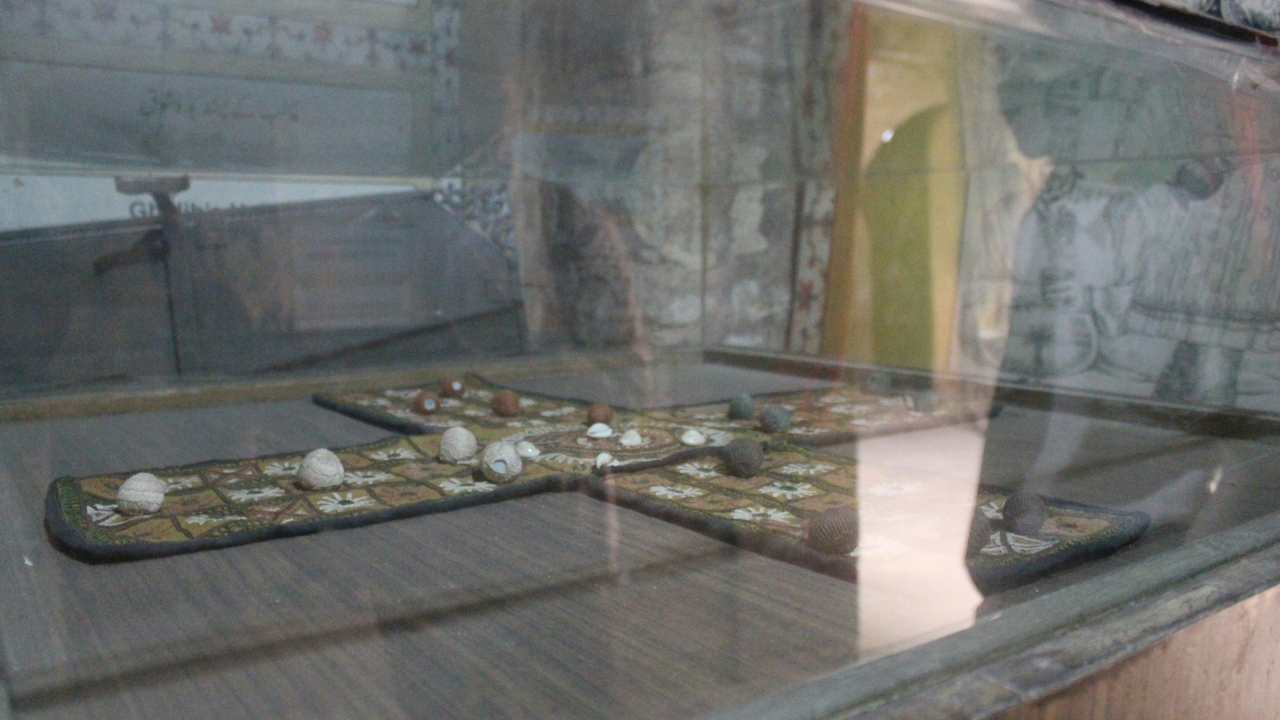My “favorite” board game, in the sense that I find its history particularly rich and fascinating, is Chess. Its origins are deeply intertwined with the history of civilization, evolving over centuries and across continents into the game we know today. Tracing its lineage is like following a thread through the tapestry of human history, revealing cultural exchanges, strategic thinking, and the enduring appeal of intellectual challenge.
The story of Chess begins in India, around the 6th century AD. Its earliest known form was called chaturanga, a Sanskrit term that literally translates to “four divisions [of the military]”: infantry, cavalry, elephants, and chariots. These four components, along with the king and a counselor, mirrored the structure of the Indian army at the time. The game was played on an 8×8 uncheckered board and involved dice to introduce an element of chance, although the strategic aspects were already significant. The pieces had different movements and powers, laying the groundwork for the complex interactions that would later define Chess.
From India, chaturanga spread westward to Persia around the 7th century AD, likely through trade and diplomatic missions. In Persia, the game underwent its first significant transformation and became known as shatranj. The Persians adopted the game with enthusiasm, and it became a popular pastime among the nobility and intellectuals. Important changes were introduced, including the elimination of dice, emphasizing the strategic and tactical elements of the game. The pieces also acquired Persian names, many of which have survived in some form to this day. The “shah” (king) and the “farzin” (counselor, which would later evolve into the queen) became central figures. The elephant evolved into the pil and the chariot into the rukh. The knight retained a similar function, representing cavalry. Persian literature and poetry of the time often allude to shatranj, highlighting its cultural significance.
The Arab conquest of Persia in the 7th century AD led to the further dissemination of shatranj throughout the Islamic world. Arab scholars meticulously studied the game, analyzing its intricacies and developing systematic approaches to strategy and tactics. They produced the earliest known treatises on chess, documenting openings, endgames, and theoretical concepts. These writings were crucial in preserving and advancing the game’s understanding. The names of some pieces were Arabicized, such as al-fil (elephant) and ar-rukh (chariot). Chess became deeply integrated into Arab intellectual life, viewed as a noble pursuit that honed the mind.
The journey of Chess continued into Europe around the 10th century AD, likely through both the Iberian Peninsula (via the Moorish conquest of Spain) and through trade routes with the Byzantine Empire. The game was initially met with some resistance and was even banned in certain religious contexts. However, its intellectual appeal proved irresistible, and it gradually gained popularity across the continent.
Europe witnessed the most dramatic transformations in the evolution of Chess. Over several centuries, the rules and the powers of the pieces were significantly altered, leading to the modern form of the game. The most notable change was the evolution of the farzin into the powerful Queen during the 15th century. This change dramatically increased the dynamism and complexity of the game, shifting the strategic landscape considerably. The pil evolved into the Bishop, with its diagonal movement, and the rukh retained its straight-line movement, becoming the Rook. The pawns also gained the ability to move two squares on their first move, further accelerating the game. These changes largely solidified the rules of modern Chess by the late 15th century.
The invention of the printing press in the 15th century played a crucial role in standardizing the rules of Chess and disseminating chess literature. Books on strategy, tactics, and openings began to appear, contributing to a deeper understanding of the game and fostering a growing chess culture.
The 19th century marked the beginning of organized Chess as a competitive sport. The first international chess tournament was held in London in 1851, and Wilhelm Steinitz was recognized as the first official World Chess Champion in 1886. The establishment of international chess federations, like FIDE (Fédération Internationale des Échecs) in 1924, further standardized the rules and organized international competitions, including the prestigious World Chess Championship.
Throughout the 20th and 21st centuries, Chess has continued to evolve, both in terms of playing strength and accessibility. The advent of computer technology has revolutionized the game, with powerful chess engines capable of defeating even the strongest human players. Online chess platforms have made the game accessible to millions worldwide, fostering a global community of players. Chess remains a popular pastime, a challenging intellectual pursuit, and a fascinating subject of study, its long and intricate history a testament to its enduring appeal. From its ancient origins as a war game simulation in India to its modern form as a global intellectual sport, Chess stands as a remarkable example of cultural transmission and the enduring power of strategic thought.

